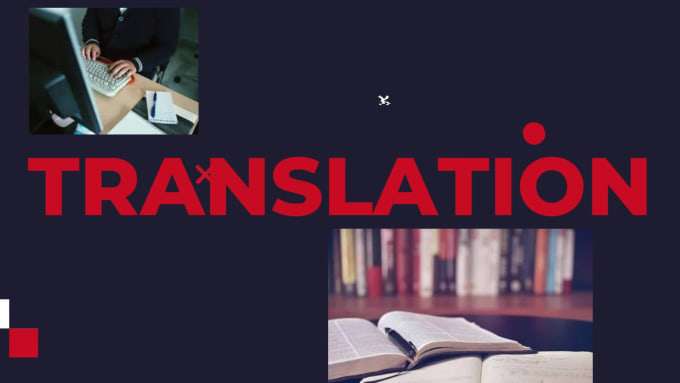Translation is a complex and challenging process that requires careful attention to detail, cultural sensitivity, and linguistic expertise. Whether you’re translating legal documents, marketing materials, or website content, following best practices can help ensure that your translations are accurate, effective, and culturally appropriate. In this article, we’ll explore some of the best practices for translation and offer tips and guidelines for achieving the best possible results.

1. Choose the right translator
When selecting a translator, it’s important to consider their language skills, experience, and industry expertise. A good translator should be a native speaker of the target language and have a strong understanding of the source language and culture. They should also have experience in your industry or field, as well as knowledge of any specialized terminology or jargon that may be used in your materials.
2. Provide clear instructions and context
Clear instructions and context can help ensure that your translator understands your needs and expectations. This may include providing a glossary of terms, style guides, or examples of previous translations. You should also provide information about the target audience, tone, and purpose of the translation. The more information you can provide, the better your translator will be able to deliver an accurate and effective translation.
3. Use technology to your advantage
Technology can be a valuable tool for translation, but it’s important to use it wisely. Machine translation is often used as a starting point for translations, but it should never be relied on as the sole method of translation. Instead, use machine translation as a way to speed up the translation process and reduce costs, but always have a human translator review and edit the machine translation. Translation memory software can also be useful for maintaining consistency and accuracy across multiple translations.
4. Ensure cultural sensitivity
Cultural sensitivity is an important aspect of translation, particularly when translating marketing materials, website content, or other materials that are intended for a specific audience. A good translator should be aware of cultural nuances and be able to adapt the translation to fit the target culture. This may include using appropriate idioms, avoiding cultural references that may not translate well, and ensuring that the translation is appropriate for the target audience.
5. Proofread and edit
Once the translation is complete, it’s important to proofread and edit the translation to ensure accuracy and readability. This may include checking for spelling and grammar errors, ensuring consistency of terminology, and ensuring that the translation reads smoothly and naturally. It’s also important to have a second set of eyes review the translation to catch any errors or issues that may have been missed. By following these best practices for translation, you can help ensure that your translations are accurate, effective, and culturally appropriate. Whether you’re translating legal documents, marketing materials, or website content, taking the time to find the right translator, provide clear instructions and context, use technology wisely, ensure cultural sensitivity, and proofread.
6. Establish a clear timeline
Establishing a clear timeline for the translation process can help ensure that the translation is completed on time and within budget. This may include setting deadlines for each stage of the translation process, such as translation, editing, and proofreading.
7. Communicate regularly
Regular communication between the translator and the client can help ensure that the translation meets the client’s needs and expectations. This may include providing feedback on drafts of the translation, answering questions about the source material, and addressing any concerns or issues that arise during the translation process.
8. Consider localization
Localization is the process of adapting a translation to fit the cultural and linguistic norms of a specific region or locale. This may include adapting the translation to fit local idioms, customs, and cultural references. Localization can help ensure that the translation is effective in the target market and resonates with the target audience.
9. Use a consistent style
Using a consistent style across all translations can help maintain brand consistency and ensure that the translation is easily recognizable as part of your brand. This may include using consistent terminology, tone, and formatting across all translations.
10. Verify accuracy
Verifying the accuracy of a translation is an important step in the translation process. This may include having a third-party reviewer or subject matter expert review the translation for accuracy and completeness. It’s also important to ensure that the translation meets any legal or regulatory requirements in the target market.
Conclusion
In conclusion, translation is a complex process that requires careful planning, attention to detail, and effective communication between the translator and the client. By following best practices such as selecting the right translator, providing clear instructions, establishing a clear timeline, communicating regularly, considering localization, using a consistent style, and verifying accuracy, you can ensure that your translation is effective, accurate, and meets your needs and expectations.
We hope you enjoyed the blog post of Languages Unlimited Translation best practices. Whether you’re translating marketing materials, legal documents, or technical manuals, taking the time to follow these best practices can help ensure that your translation is a success.
